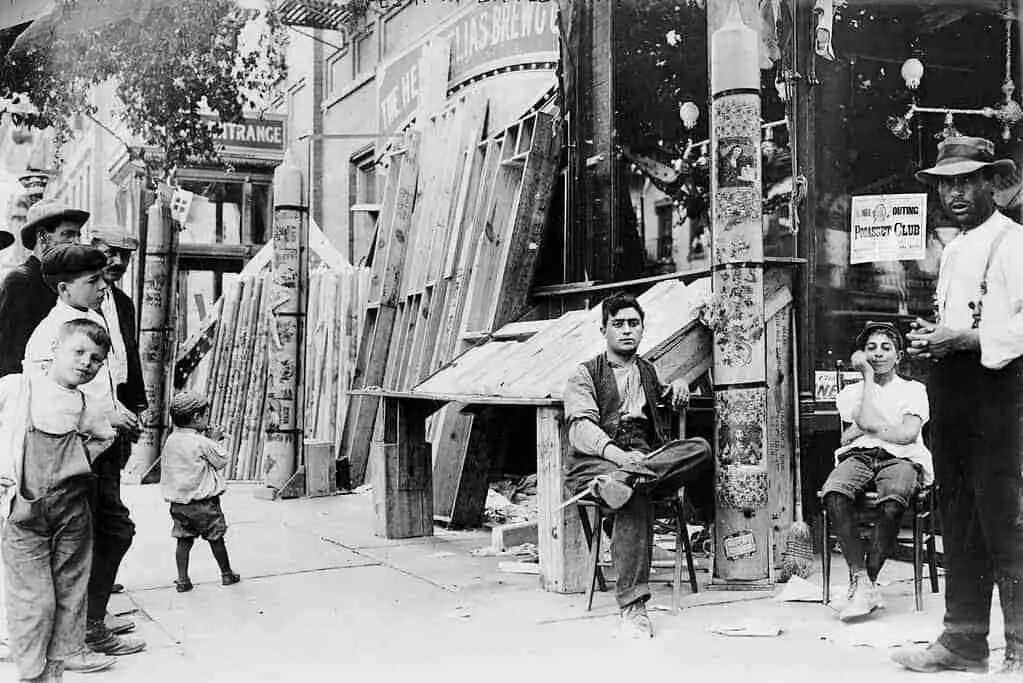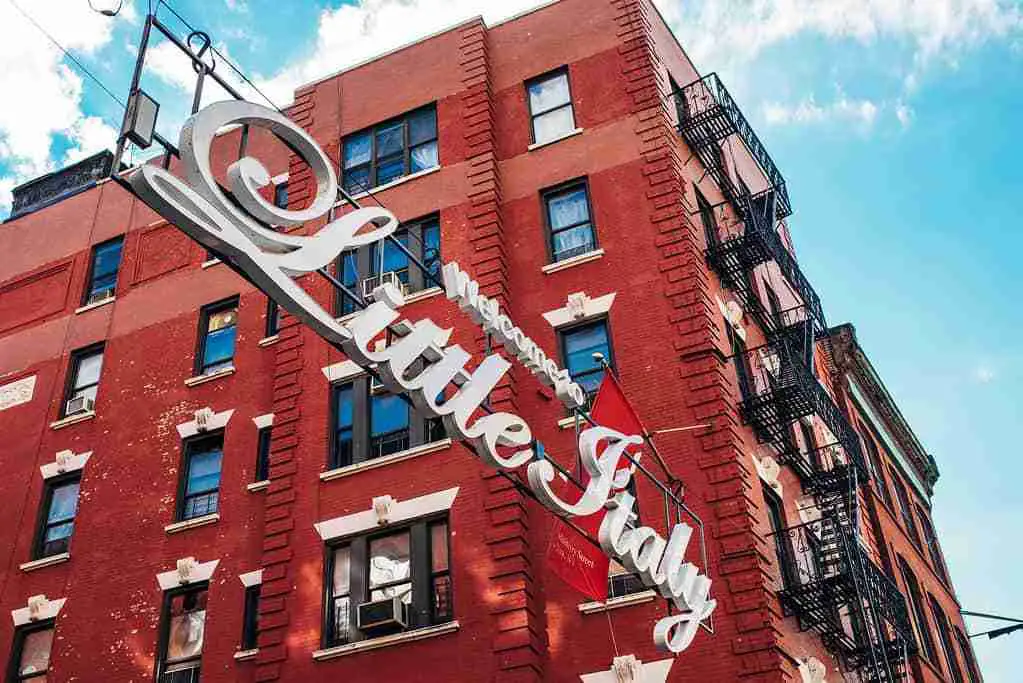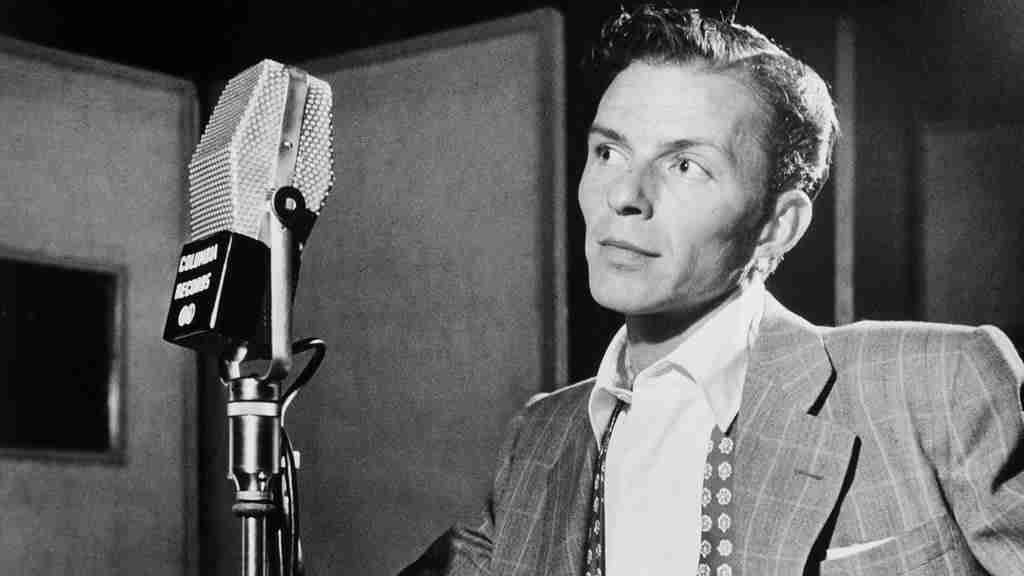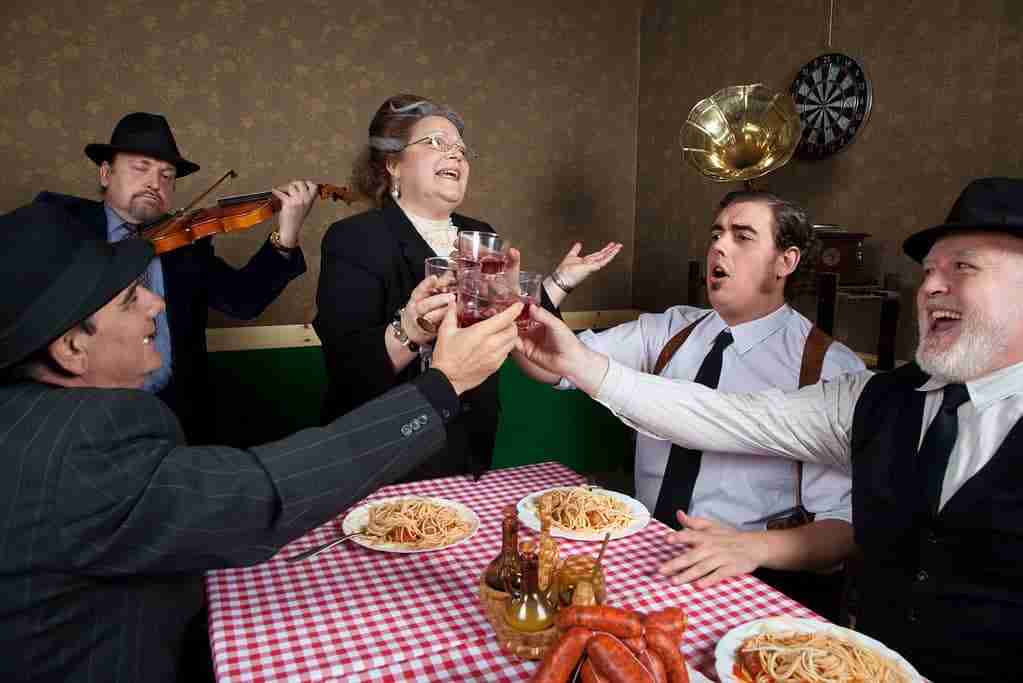Being Paisan Why Italian Americans Are Different
What does it mean to be “paisan”? And what kind of implications does this term have in the identity of a person who was not born or does not live in Italy but has Italian roots in 2023?
“And so, you know the difficulty in becoming an American. It’s not a sudden process. You get through it. But you never get over it completely. You carry it with you. That’s the great, and not so great – aspect of being or trying to be an assimilated American.”
Gay Talese
What does it mean to be Paisan?
Being Paisan Why Italian Americans Are Different, The term paisan is dialectal. And in Italy it is found in the vast majority of regional dialects, particularly in the South. But the term “paesano” is also found in the idiom of Lombardy, the Milan region in the north of the country.
The concept of “paisan” came to global audiences through the 1946 film “Paisà” directed by Roberto Rossellini. It is a film divided into six episodes, part of this director’s trilogy. The movie has as its location the Italian countryside during World War II. In those years, Nazi Germany was suffering a defeat against the American Allies. But this film speaks also about communication problems arising from language barriers. Paisà was nominated for both the Academy Award for Best Screenplay and the BAFTA Award. And it was the most successful Italian film at the box office in 1945-46.
Currently, the term paisan means “compatriot” and is used if two people of Italian nationality meet outside Italy, although it is not as widely used today as in the past.
But the connotation that the word paisan takes on, has a strong identity value. It becomes the concept of “compatriot” for those who utter it, since it encapsulates all the patriotism and pride in one’s origins.

Being Paisan: immigration of Italians to the United States
Toward the end of 1800, large numbers of Italian immigrants settled in the United States, contributing to the growth of the industrial economy as low-skilled labor.
These workers were often considered “outsiders” to American society, as most of them were young men from a semi-feudal Italian South with few job opportunities.
Nevertheless, many of them decided to settle permanently in the United States. They bring their families and create ethnic communities in northern and small industrial towns in Pennsylvania and Ohio. However, about half of the Italian immigrants chose to return to Italy.
Today, the Italian-American community is primarily descended from those who chose to remain in the United States, helping to shape American culture and society.
Each immigrant group has developed its own tactics to ensure survival and success in the new society in which they find themselves. Italians, for example, relied on two crucial elements: work and family. The Italian immigrant community contributed to the supply of labor in U.S. factories and mines. As well as to the construction of infrastructure such as roads, dams, and tunnels.
Being Paisan: a sense of family
Through their hard work, Italians gained a small but important economic position in American society and were able to provide for their families, which were the centerpiece of Italian-American life. Another interesting characteristic of Italian Americans is their attitude toward authority. Certainly they show great respect for authority within their families and towards their elders. But on the other hand, they are suspicious of broader authority figures, such as politicians and the Catholic hierarchy. This attitude is the result of the distrust Italians have traditionally had toward such authority figures in Italy. In America, the family has become a bulwark against larger institutions, sometimes perceived as hostile. Italian Americans have continued to respect authority within their family community, but outside it, they have become more suspicious.
The negative counterpart of this integration process was that many Italians tended to delay their nature as citizens. Thus postponing their full participation in the political and civic life of the United States.

The War Outbreak
However, during the years 1939-1941, many Italians chose to naturalize, partly because of the outbreak of war in Europe. With the outbreak of World War II, the United States found itself in conflict with Italy, and non-naturalized Italians were momentarily considered “enemy aliens”. Nevertheless, the war turned out to be the third key pillar of the assimilation of Italian Americans. Moreover, more than half a million Italian Americans served in the U.S. Army during World War II. Many of them, such as Congressional Medal of Honor winner John Basilone – one of thirteen Italian Americans to have received that award – became national heroes.
Italian Americans thus acquired a prominent place in postwar society. This thanks in part to the celebrated figures of Frank Sinatra and others who contributed to the atmosphere of the era like Fiorello La Guardia, Mario Cuomo, Dean Martin and Rudolph Valentino.

Being Paisan: from the 1950s onward
In the 1950s and 1960s, Italians in America were often victims of negative stereotypes and prejudice. Largely due to the presence of the Mafia. Although many Italian Americans made socioeconomic progress, their collective reputation was overshadowed by organized crime. But the paradoxical thing is that three of the greatest American films of all time, namely Mario Puzo’s The Godfather Trilogy, directed by Francis Ford Coppola, have sustained the spread of Italians’ fame in America.
Thanks to the performance of actors such as Al Pacino and Robert De Niro, memorable lines from the films have become part of the American lexicon. Expressions such as “Capisc!??”; “I’m gonna make him an offer he can’t refuse. Or “I want you to use all your powers and all your skills”, are now in the global collective linguistic imagination.
The paradox is that despite one of the greatest achievements of modern Italian American culture, many of the negative stereotypes concerning Italian Americans have been reinforced.
Both the book and the film also helped to justify, in an unfortunate way, organized crime. This grim lesson may have been in keeping with the climate of corruption and disillusionment at the time. But at the same time it conferred a legitimacy on organized crime. This gave rise to a whole genre of works imitating the mob style. Including Martin Scorsese’s Goodfellas and The Sopranos, considered among the best TV shows of all time.
There seems to be no end to the production of Mafia-themed shows. Yet there is no denying the greatness of some works or their popularity among Italian Americans, as well as the wider public. However, such portrayals of Italian American life often present a distorted version of reality.
Being Paisan: the rediscovery of one’s ancestry in the 2000s
In recent decades, the practice of genealogy has become increasingly popular among Americans. This, unlike in the past when it was primarily a passion of the elderly who tried to reconstruct their family trees back to the days of the Puritans and Pilgrims. Thanks to easy access to immigrant ship passenger lists on the Ellis Island website, genealogical research has become a passion among younger people. Among Italian Americans, in particular, many people are trying to discover their roots. The desire is to restore a sense of authenticity to their experiences that they fear were lost during the assimilation process. In addition, many of them are turning to Italy to further their research on their ancestors.
In the past, many of them did not spend too much time reflecting on their past. Because they understood that there was no future for them in Italy.

The Modern world
The immigration experience pushed a population that had strong family and territorial ties to face the modern world. Once in America, newcomers struggled to reconcile their traditions with the opportunities offered by their new life. This tension has been passed from generation to generation to their descendants.
Today, Italian Americans are rediscovering their Italian roots. And the experience of their immigrant ancestors as new immigrants from all over the world continue to arrive in America. These newcomers are building their lives and navigating through the complex process of adapting to a new world. While trying to preserve their past but not completely giving up the present.
Unlike what is commonly believed, history does not repeat itself identically. Today’s immigrants face unique challenges that are different from those faced by Italian immigrants of the past. Therefore, it would be a mistake to view Italian Americans as a model for assimilation.
Instead, we should keep in mind that immigrants’ lives are characterized by duality. With the efforts and difficulties of those living in the present, simultaneously facing both the past and the future.
Being Paisan: complexities of Italian immigrant assimilation and American ethnic identity
In the United States, Italian immigrant assimilation and American ethnic identity have become increasingly complex issues in a multicultural America that seeks new analogies to replace the old concept of the “melting pot”.
For some, immigration should be seen as a kind of “splendid mosaic”, under the banner of variety, where cultures intermingle, yet maintain their distinct identities. However, the concept of assimilation is still important in American society. Professor Peter Skerry said “assimilation means that immigrants adapt and change in many areas, somehow giving up their immigrant identity”. Think, for example, of forgetting one’s parents’ native language in order to speak English. Or tolerating individuals with distinctly different value and belief systems. But on the other hand, essential aspects of their heritage such as traditional cuisine, specific religious holidays and family traditions of their own country, are retained.
The Bottom Line
Assimilation is a process that takes time and spans many generations. But being paisan includes something more: a strong sense of identity that deeply experiences an ambivalence. A duality between the loss of Italian traditions and the benefits of becoming fully American. It is a condition that carries with it a great sense of belonging. Bu also solidarity among compatriots that is unlikely to dissipate over time. Italians in America have been one of the most numerous and influential immigrant communities in the history of the US. Through their hard work, cultural traditions and strong identity, they have left an indelible imprint on American society. Italian culture has become an integral part of the American social fabric. We have influences in cuisine, art, music and fashion. However, despite the importance of their presence, Italians in America have always maintained a strong connection to their homeland and village culture.
This connection has often been seen as a barrier to the complete assimilation of Italians in America. Despite their many accomplishments, Italians in America continue to identify strongly with their cultural heritage and community of origin.
Ultimately, Italians in US keep maintaining strong ties to their cultural identity and homeland. While being an integral part of American society.
Country heritage is an important part of their identity. And remains an important source of pride and connection for many Italian families in America.
Bibliography:
(1998) Canastota-Oneida Area American Italian Committee; “An American Journey Our Italian Heritage The Story of Immigrants and Their Descendants”, Paperback.

